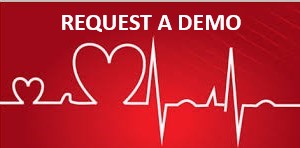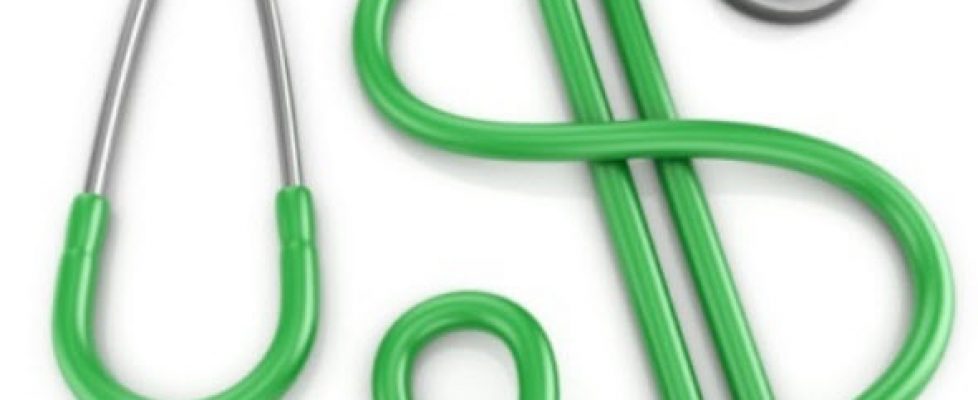Why is (almost) no one billing for remote patient monitoring?

Did you know that there are eight CPT codes that could generate potentially millions of dollars of annual revenue for your organization without significantly changing provider workflows — and that would also help you deliver better care?
The Centers for Medicare and Medicaid Services’ (CMS) remote patient monitoring (RPM) codes are here: however, very few organizations seem to know about them, and even fewer are taking advantage of them.
RPM codes appear to be the best-kept revenue-generation secret in healthcare today. Perhaps the main reason the codes have not been more fully embraced is the misconception that phone calls to patients are required. Trying to get a patient on the phone is difficult and the calls can be time-consuming, but the fact is that RPM codes do not require phone calls. Rather, RPM can be delivered through electronic means, such as patients’ mobile devices, to communicate and share data, which significantly reduces providers’ time commitment and workflow disruption.
Perhaps another RPM concern among providers is being flooded with irrelevant information from patients they are monitoring. However, with the right type of mobile-enabled RPM (mRPM) platform, providers can tightly control the amount and frequency of information collected, so it’s concise and clinically meaningful, while also not a reporting burden on patients.
By launching an mRPM program, healthcare organizations can grow a significant new revenue stream. Moreover, they can improve care quality by capturing and analyzing timely and relevant data that they can use to improve chronic condition management, avoid emergency department visits, ensure safe recoveries, and bring about overall better outcomes.
The lesser-known RPM codes
Less
than a year later, CMS unveiled three new RPM codes, 99457, -453, -454, with
the official collective title: “Chronic Care Remote Physiologic Monitoring.”
Again, the codes do not require telephonic communication with the patient, but
rather, as stated in the -454 description, only “interactive communication with
the patient/caregiver during the month.” What also needs to be more widely
known is that with -453 code, CMS will reimburse providers simply for helping
the patient set up and learn how to use any home health device, such as a blood
pressure cuff or a pulse oximetry device.
Seizing
the opportunity
To get an idea of how much more organizations could be earning with RPM, let’s take a hypothetical example of the 99091 code, which requires 30 minutes a month to collect and interpret physiologic data, such as blood pressure. Thirty minutes a month is not a stretch if the patient is checking their blood pressure once a week and then sending the reading to the physician’s office through their mobile device.
The average reimbursement for 99091 code in 2018 was $58.68, according to the American College of Physicians. So even if a solo practice only wants to monitor a group of 100 patients with hypertension on Medicare, they could still earn an extra $70,416 a year. That’s only 100 patients and doesn’t include other RPM codes that can be billed concurrently, such as the CCM codes if the patient has two or more chronic conditions.
Maximizing this opportunity requires mobile and automation. Data collection and communication should be through the patient’s mobile device using an app that can efficiently collect biometric, objective and subjective data, along with social determinants of health information through short, easy-to-answer surveys that are automatically sent from and then returned to the provider.
To prevent providers from becoming overburdened, the mRPM program needs to be highly structured to a specific condition(s) or clinical event(s) and carefully scheduled so the provider is the information gatekeeper, preventing a data deluge. To ensure safety, patients should always have the opportunity to call the physician directly if they have health concerns.
Further maximizing this opportunity, the non-chronic-care RPM codes could be used for monitoring a wide range of other conditions and health events, such as post-emergency department discharge monitoring, new medication adjustment, high-risk pregnancies and new mother support (for Medicaid beneficiaries), surgical recovery, and many others.
New world of effective, efficient care
The goal of launching an mRPM program, however, is not simply to generate additional revenue. Rather, collecting data and communicating with patients can help them stay adherent with their care plans. That is because the act of reporting on a consistent, but unobtrusive, schedule requires the patient to regularly consider their condition(s) and their health-related choices, which can influence their behaviors.
Through the reporting, patients are also reminded that their physician is monitoring their behavior and desires their success year-round. This “sentinel effect” could be better characterized as a “cared about” effect, developing a patient’s sense of responsibility in their own care plan. Consistent data-sharing opens the door for enhanced communication with the provider, which deepens the trust that is essential for engagement.
By improving engagement and adherence through mRPM, providers can potentially reduce ED utilization and prevent hospitalizations, both of which reduce costs, which would positively affect financial performance under value-based care programs. This means regardless of the payment model, mRPM can improve a healthcare organization’s bottom line without significantly adding to providers’ already enormous workloads. In fact, with the additional revenue generated through an mRPM program, it can become highly cost-effective to add a full-time clinician who enters, analyzes and monitors the patient-reported data, intervenes when necessary, and helps expand the program to more patients and conditions.
The best-kept secret in healthcare no longer needs to be a secret. Billing for these RPM codes is well worth providers’ time, and offering RPM improves outcomes and engages patients. When coupled with a mobile-focused program, RPM will deliver financial and patient care dividends for years to come.

